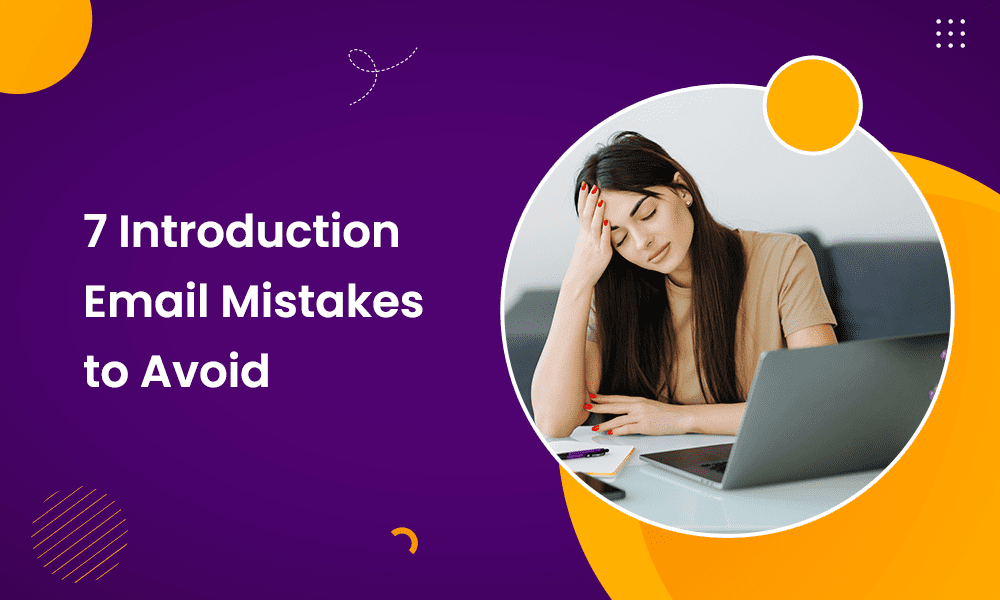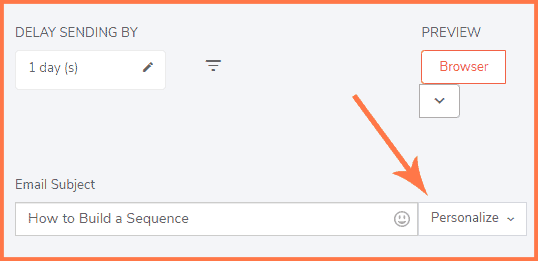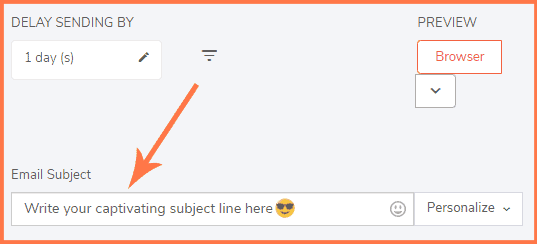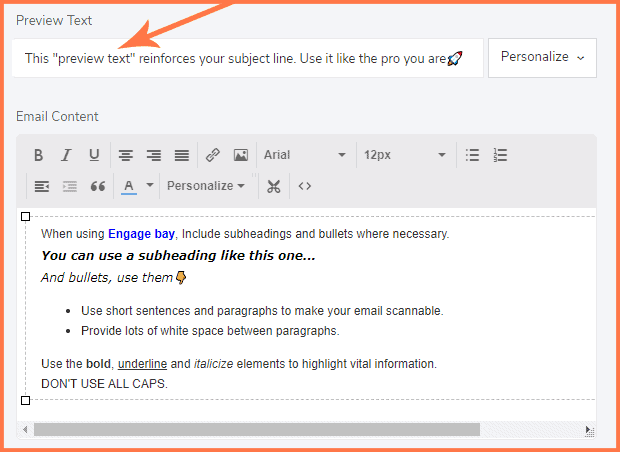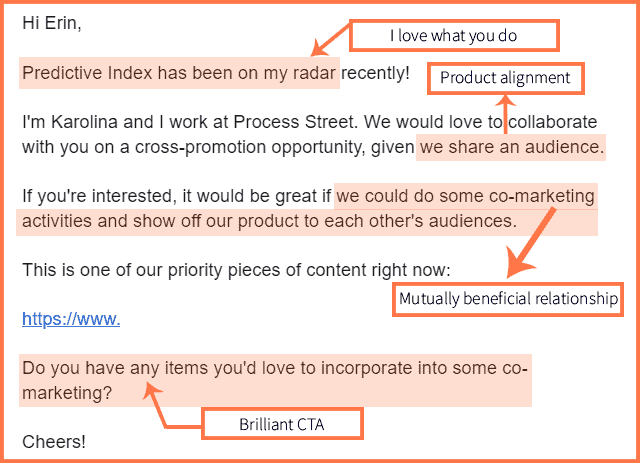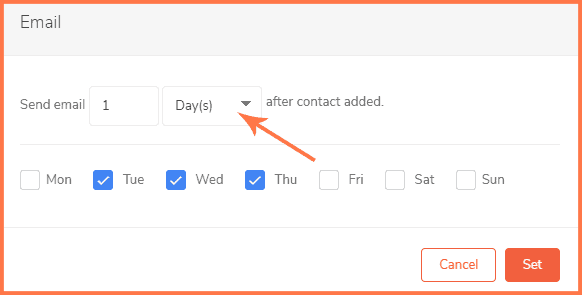If you meet someone at an event or have to physically communicate with a business contact, that’s easy, right? But what’s not so easy is – introducing yourself virtually.
Most people communicate virtually through email. And like first-time in-person introductions, you need to make an excellent first impression with your introduction email. An excellent first impression makes you likable and helps you get your email recipients’ trust.
In Amy Cuddy’s book titled: Presence: Bringing Your Boldest Self to Your Biggest Challenges,” she says – trustworthiness (meaning warmth and likability) is everything.
And one way to gain the trust of your first-time email recipient? By avoiding mistakes when writing and sending your introduction email.
In this post, you’ll learn about crucial introduction email mistakes to avoid. Knowing these mistakes before you send your introduction email to important clients or potential customers will help you increase your email open, response and conversion rates.
Ready? Let’s get started.
Table of Contents
1. Multiple Reuse of Introduction Email Templates
Today, there are templates for everything. Whether it’s follow-up email templates, automated email templates, landing page templates, email newsletter templates, and so on, they are all available online, mostly for free.
But the availability of templates doesn’t mean you should use them without a care in the world. Resist that urge, especially with introduction email templates. Why? Because people that receive many emails can quickly identify an overused introduction email template.
Here’s what Josh Barney said after spotting an abused introduction email template from an interested guest blogger:
The thing that gives this email from ‘an enthusiastic writer’ absolutely no chance of a response…is the fact that I receive two or three of these a week!
It’s a copied and pasted template, probably from a result on the first page of Google. They haven’t even gone to the effort of inserting a name, link, or website.
Like Josh said, personalizing your email is vital. A personalized email from the email subject line to the body copy shows your prospect that you care. In fact, in a U.S. consumer survey, 90% of the respondents said company messages that aren’t personal were annoying.
So, how can you personalize your introduction email and improve your chance of getting a positive response? By using the “Personalize” button in your email marketing software, and by tailoring every introduction email template to your prospect’s needs and preferences.
Related post: 15 Introduction Email Templates That Work Like A Charm
2. Using a Weak or No Email Subject Line
Sending an introduction email with a weak subject line is bad for your email open rate. But you know what’s worse – sending an introduction email without a subject line. You should care about your subject lines. Why? 47% of email recipients open an email because of the subject line alone.
With email apps like Gmail, you may forget to input a “subject” and hit send. That makes your introduction email an automatic “pass” for your busy recipient.
But with EngageBay, you’ll always need a subject line to send your introduction email. This allows your email to have better open and response rates.
When writing your introduction email subject line, you need to take one precaution – prevent your email from entering spam folders. Here are some tips for doing that:
- Keep your email subject line at 25 to 30 characters
- AVOID USING ALL CAPS
- Use a simple, crisp, and professional subject line
- Focus on the topic and avoid fluff
- Avoid spammy words like ‘free,’ ‘100%,’ etc.
- Personalize your email subject line
Related post: 25 Best Email Subject Lines To Boost Open Rates
No time to read? Watch this video instead:
3. Failing to Optimize for Mobile Devices
According to Email Monday, 81% of people check their emails from a smartphone. Hence, failing to optimize or format your email for mobile users is a costly introduction email mistake.
Here are some tips for optimizing your introduction emails with EngageBay:
- Use the “preview text.” This is the first line of your email below the subject line. It reinforces your subject line and further grabs your prospects’ attention.
- Use short sentences and paragraphs to make your email scannable.
- Provide lots of white space between paragraphs.
- Include subheadings and bullets where necessary.
- Use the bold, underline and italicize elements to highlight vital information in your email. This grabs your recipients’ attention – even when they only scan through. But, don’t go crazy with these elements. Try to use them moderately.
- Avoid using ALL CAPS in your introduction email. They annoy most people.
- Test your introduction email for different types of devices before sending it.
- Use legible colors and font sizes.
- Adding visuals in your introduction email can create engagement. 1 is okay. 2 is fine. But 3, that’s too much. Visuals may also slow down your email’s loading speed.
Related post: B2B Email Marketing Best Practices to Delight Your Audience
4. Having an Unclear CTA
Whether your email recipient is a cold lead, a new email subscriber, or a business contact, you want them to take a specific action. But knowing that you need a “Call to Action” isn’t enough. How you write and place the CTA in your introduction email is also essential for conversions. For instance, when writing an introduction email to a new email subscriber, you could use a button CTA, a naked email link, or a link with an anchor text.
However, if your email is for a cold lead, you’ll likely not use a button CTA. Your CTA could be a request to schedule a meeting, reply to your email, and so on. The same applies to an email introduction for a business contact. Here is an example of a CTA that doesn’t use buttons or links:
When writing and designing your CTA, it helps to follow these email CTA best practices:
- Write your CTA in simple language.
- Include action words that create a sense of urgency.
- Your CTA should answer this question – “What’s in it for my reader?”
- Ensure your CTA links are live and working well.
- Stick to one CTA per introduction email. However, you can vary the CTA type – button, naked links, anchor text.
- And finally, A/B test your CTA, especially when you’re sending introduction emails to your new email subscribers.
Related post: How to Write an Introduction Email to New Subscribers
5. Sending Introduction Emails Late at Night
There are many reasons why you shouldn’t send your introduction email late at night.
First, you could be disrupting the sleep of the email recipient who has had a hectic day. This could instantly make you the recipient’s most unfavorable person. You don’t want that. Why? Because the results could be a deleted email, an email marked as spam or an email that doesn’t get a response.
Also, sending a late-night introduction email could drown your email in the sea of messages the recipient received overnight. The result? An email that’s never opened and possibly mass deleted.
So, what’s the solution? Find the best email sending time.
Several studies have determined the best times for sending emails. While some claim 10 am to 2 pm are the best times for sending emails, several studies settle for 10 am as the best time. The good news is, you can schedule your introduction email down to the minutes you want with EngageBay.
Read also: Business Introduction Letter 101: Tips and Examples for Beginners
6. Writing an Email that Benefits Only You
Your email subject line grabbed your prospects’ attention. That’s awesome! But if the email is ALL ABOUT YOU, you’ll lose your recipient. Make your introduction email about the recipient, not you, even when your goal is to sell your brand, personality, or make a request. People will likely respond to your email if you write an email introduction that addresses their needs.
For instance, marketers often send an introduction email to request a backlink to their content. But here’s what the email recipient thinks – “How does this benefit me?” If your email recipient can’t immediately find the answer in your introduction email, your conversion rate won’t be impressive.
The bottom line is – every prospect will ask themselves after reading your email introduction – “What’s in it for me?” Try your best to address this question in advance. Find out how exactly you can help your prospect and convey that first, before you make your request or offer your products or services.
Related post: You Will Love These 15 Email Campaigns More Than We Do!
7. Poor Proofreading and Editing
According to Grammarly, misspelled words are a common email mistake. They create room for confusion and make you appear unprofessional. That’s why using a copywriting tool like Grammarly is helpful. It’s also crucial that you reread your email at least twice before sending it.
Here are some commonly misspelled or misused words to look out for in your introduction email:
Confused homophones
Words like ‘you’re’ and ‘your’ seem to sound alike, but they don’t mean the same thing. Likewise, words like they’re (they are), their, and there. ‘It’s’ and ‘it’s’ are also words that sound the same but are different.
Repeated words
Repeated words are a common introduction email mistake to look out for. For instance, try to quickly read through this sentence — ‘looking forward to hear hearing from you.’ It’s possible that you’ve made such mistakes when writing quickly. Check for such errors and remove them before you hit send.
Read also: How to Respond to an Introduction Email: Tips and Templates
Misspelling your prospect’s name or company
Sending an email with a misspelled name is rather offensive. It shows you don’t take your work or clients seriously. Reread your emails slowly once you’re done drafting them, and double-check the spelling of the recipient’s name.
Read also: Mastering the Letter of Introduction: Examples and Tips
Misspelling your own details
Be sure to re-check your company’s name and phone number. Mistyping this information makes prospects believe you pay zero attention to details. Instead of typing in this information every time, create an email signature containing your first and last name, professional website URL, phone number, and social media links. Using a signature can also add credibility to your message.
Other errors you should also look out for that aren’t misspellings or misused words include:
Not double-checking attachments and links
All your links should lead to a live web page. Don’t frustrate your prospect by making them access 404 pages from your broken link. Sending an email with broken links creates a sloppy image. How about an attachment? Instead of sending a downloadable attachment, upload them to Google drive and send them as a link.
👉Transform your customer service by learning the right way of saying ‘sorry for the inconvenience‘. Check out our post for more insights.
Using chat language
Chat languages might work for someone with an ‘influencer status’ in an industry. However, they don’t work for most email introductions. For instance, chat languages have no place in a cold email to someone you’ve never interacted with. It’s safer to avoid chat language and treat your email introduction in a formal tone.
Using industry jargon
Like chat language, you should avoid using industry slang in your introduction emails even when they are the norm. Using these words might mean you have to spend more time explaining those terms. That’ll be unproductive and a waste of the recipient’s reading time.
Related post: 4 Introduction Email Examples Worth Replying (and Why)
Conclusion
Email is a powerful communication tool. And it offers a unique opportunity to make the best first impression to the recipient on the other end. But making mistakes can ruin the chances of getting a positive response.
Here’s a recap of the introduction email mistakes to avoid and their remedies:
- Don’t overuse an introduction email template. Always personalize templates for every prospect.
- An introduction email without a subject line is a no-no. Use a subject line that can stop your recipient’s scroll.
- Don’t send emails without testing them for different types of devices. Optimize your email for mobile use.
- Avoid ambiguity, have a crisp, clear call to action.
- Don’t send emails late at night. Use EngageBay to automate sending emails based on the time zone of international clients.
- Don’t just talk about your brand or services. Tell the recipient what’s in it for them.
- Proofread and edit your emails with tools like Grammarly.
That’s it.
Want to see how EngageBay can help you? Our award-winning all-in-one email marketing solution allows you to schedule, personalize, and automate your emails.
EngageBay works pretty well with my business. I was using ActiveCampaign, but the costs were adding up quite quickly. I tried other platforms, but the automation sequence offered by ActiveCampaign was not easy to find, until I got EngageBay. The platform provides incredible automation for emails, plus landing pages and forms. It works pretty well and can be a perfect substitute.
Leonardo W. – Founder, Wolff Consultoria

